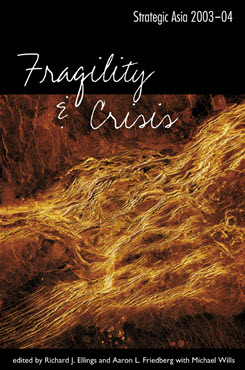Demographic Trends
Strategic Implications of Asian Demographic Trends
In Asia today, three big demographic tendencies are exerting special influence on the region’s economic and political calculus. The first is rapid population aging, especially in East Asia. By 2025 China’s median age may be approaching 40 years, and Japan’s may well exceed 50. Second, adverse mortality trends—in Russia already, but possibly in China and India as well—stand to constrain options for some important actors on the Eurasian stage. Finally, the strange and unnatural phenomenon of rising sex ratios at birth has been extending over much of the Asia terrain. Surplus baby boys today may be unmarriageable bachelors tomorrow. How the problem of rising cohorts of unmarriageable men may affect social cohesion and political relations in the future is as yet uncertain—but the impact may be consequential.
In Asia today, three big demographic tendencies are exerting special influence on the region’s economic and political calculus. The first is rapid population aging, especially in East Asia. By 2025 China’s median age may be approaching 40 years, and Japan’s may well exceed 50. Second, adverse mortality trends—in Russia already, but possibly in China and India as well—stand to constrain options for some important actors on the Eurasian stage. Finally, the strange and unnatural phenomenon of rising sex ratios at birth has been extending over much of the Asia terrain. Surplus baby boys today may be unmarriageable bachelors tomorrow. How the problem of rising cohorts of unmarriageable men may affect social cohesion and political relations in the future is as yet uncertain—but the impact may be consequential.
Strategic Asia
The Strategic Asia annual edited volume incorporates assessments of economic, political, and military trends and focuses on the strategies that drive policy in the region. Learn more about Strategic Asia.


